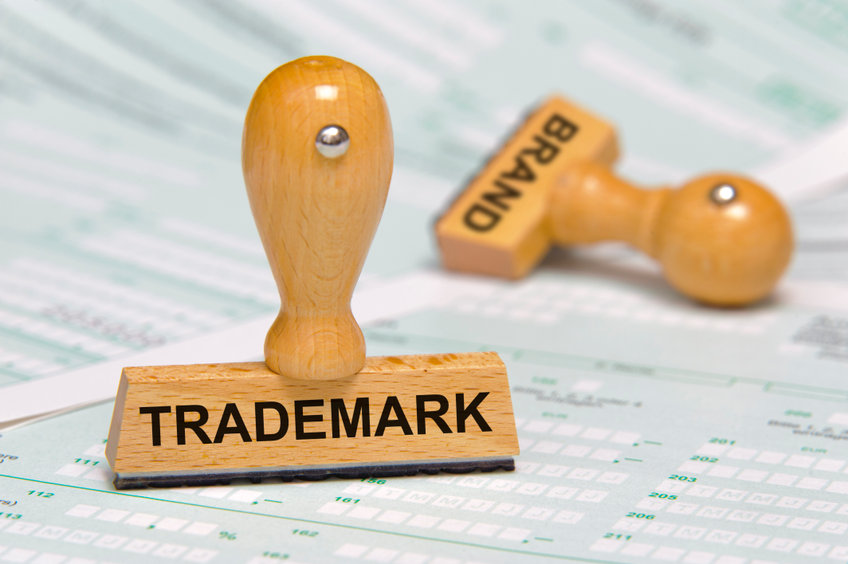Anything that serves as a source identifier is capable of trademark protection. In other words, anything that is able to convey where the source of a product is from to a consumer. For example, the word “Nike” or the “swoosh” logo, can tell a consumer that the product they are looking at is from Nike. Trademarks are commonly known for the protection of brand names and logos. However, it may come to your surprise that trademark protection can also extend to the 3-D shape of a product.
Companies can register the shape and design of their product as a trademark just like they can register their names and logos, but there are requirements to be met. A product design trademark which seeks to protect the shape of a product may also be known as “trade dress.”
What Is Required When Trying to Protect the Shape of a Product?
There are two requirements that must be met for a product design to be registerable as a trademark
- Must be non-functional
First, the shape can’t be functional. If you want to protect something functional, you need a patent. The shape of a product is considered functional if the shape is essential to the use or purpose of the product. Take LEGO bricks for example. Even though almost anyone would be able to recognize a LEGO brick by its distinct shape, they are not registrable as a trademark because the shape of the brick is essential to the function of the brick’s purpose, to interlock with other LEGO bricks. There are only so many ways to design a feature of a product that is essential to the use or purpose. On the other hand, The Coca-Cola Company was able to obtain a trademark registration for the distinctive shape of their cola bottles because the purpose of the shape serves more of a source identifying purpose rather than a functional purpose. If you add a decorative element to an otherwise functional design, that decorative element alone could be registrable.
Functionality can also be aesthetic in some circumstances. “Aesthetic functionality” refers to situations where the feature may not provide a truly utilitarian advantage (as described above with LEGO) in terms of product performance but provides other competitive advantages. If the appearance of the product contributes to the overall usefulness of the product, then it is “aesthetically functional” and not protectable by trademark protection.
Trademarks are intended to protect certain aesthetic, artistic elements of how the goods are presented to consumers, not to prevent others from making a design that would improve upon the goods and add value because it makes the goods more functional. Examples of aesthetic functionality could be the color black for an outboard motor of a boat. While the color black has no utilitarian functionality to the motor, it provides a competitive advantage such as the color’s compatibility with a variety of boat colors and the reduction of the apparent size of the engine.
If the shape is an inherent part of the goods, it’s also not registrable as a trademark. If you make a booster seat for children, for example, there are only so many ways to design such a product. You can’t protect the functional design of the booster seat, but A manufacturer can certainly add a logo or word trademark to the goods, thus identifying the source of the goods, which is the whole point of trademark law
2. Inherently distinctive or secondary meaning
In general, trade dress is protectable if it is either inherently distinctive or has acquired a secondary meaning. Trade dress is inherently distinctive if it is able to identify something as coming from a particular source, regardless of whether the general public would make the connection. Trade dress is inherently distinctive if it is a design, shape or combination of elements so unique, unusual or unexpected that it is automatically perceived by consumers as an indicia of origin. Inherent distinction analysis focuses more on the product itself rather than the general public’s association.
Trade dress that is not inherently distinctive will encounter some obstacles to registration. To be a registerable trademark, such descriptive marks must have acquired secondary meaning. Secondary meaning is when the general public associates a trademark or trade dress with a source or producer of goods or services, rather than just the product itself. If trade dress is well known and identifies a specific company to the public, it can be protectable. Take, for example, the design of a coca cola bottle. When it comes to secondary meaning, the general public’s association is critical.
Intellectual property law is very complex and it is very important to reach out to an attorney to make sure your intellectual property is protected from potential infringement as well as other legal issues.


